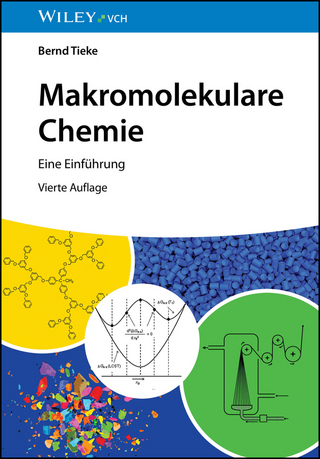Polymers have generated considerable interest in a large number of technologically important fields such as human healthcare systems. Polymers represent a very important domain of materials and have become an integral part of day to day human life. Polymers exist in nature; they have been and continue to be an integral part of the universe. This book is intended for scientists and researchers to use in their research or in their professional practice in polymer chemistry and its biomedical applications. Multiple biological, synthetic and hybrid polymers are used for multiple medical applications. A wide range of different polymers are available, and they have the advantage to be tunable in physical, chemical and biological properties and in a wide range to match the requirements of specific applications. This book gives a brief overview about the introduction and developments of polymers for different applications. The biomedical polymers comprise not only bulk materials, but also coatings and pharmaceutical nano-carriers for drugs. The surface modification of the inorganic nanoparticles with a physically or chemically end-tethered polymer chain has been employed to overcome the problems associated with the polymers. Chemically attached polymer chains not only stabilize the inorganic nanoparticles, but also lead to photosensitivity, bioactivity, biocompatibility and pharmacological properties in the composites. Polymer encapsulated silica nanocomposites (mesoporous) have potential applications in different fields, such as optics, bio-catalysis, microelectronics bone tissue engineering, coatings cosmetics, inks, agriculture, drug release systems, diagnoses, enzyme imaging, temperature-responsive materials, and thermosensitive vehicles for cellular imaging. Polymer grafted nanosized particles are known to have excellent properties such as good dispersion ability in solvents and polymer matrices. Polymer-based controlled drug delivery systems have some specific advantages, such as improved efficiency and reduced toxicity. The incorporation of a thermoresponsive polymer layer often enhances protein absorption and specific biomolecular tagging through hydrogen bonding. As a result, the nanocomposite gets cleared from the body at a faster rate (blood residence becomes low). This book is composed of fourteen edited chapters; it is intended for scientists and researchers to use in their research or in their professional practice in polymer chemistry and its biomedical applications.
Deepak Pathania is Professor & Dean, Faculty of Basic Sciences, Shoolini University Solan, Himachal Pradesh, India. He had about 16 years of teaching and research experience. He started his teaching career in 2000 from NIT, Jalandhar, Punjab. He joined as Assistant Professor and Head, Department of Applied Sciences, Institute of Engineering and Technology, Phagwara, Punjab in 2005. He also functioned in Punjab University Post Graduates College for three years in Punjab. He was shifted to University at Himachal Pradesh as Head Department of Applied Sciences and Humanities in 2008. He is members of different professional scientific societies. He had guided 8 Ph.D and 10 M.Phil and 17 M.Sc. projects for their degree. Presently he is guiding 5 students for their Ph.D degree. He had authorized six books in different areas of interest from believed publishers. He is working on 2 books being published by Springer Germany. He is editorial members and reviewer of different national and international journals. He had about 90 publications in Journals and 115 in conferences to his credit. His area of research includes polymer based composites, nanocomposite ion exchangers, graft copolymerization, fiber reinforced composite, environmental chemistry, photocatalysis etc. School of Chemistry, Shoolini University, Solan, India
For more information, please visit our website at:Hardcover: https://www.novapublishers.com/catalog/product_info.php?products_id=64528E-book: https://www.novapublishers.com/catalog/product_info.php?products_id=64529



